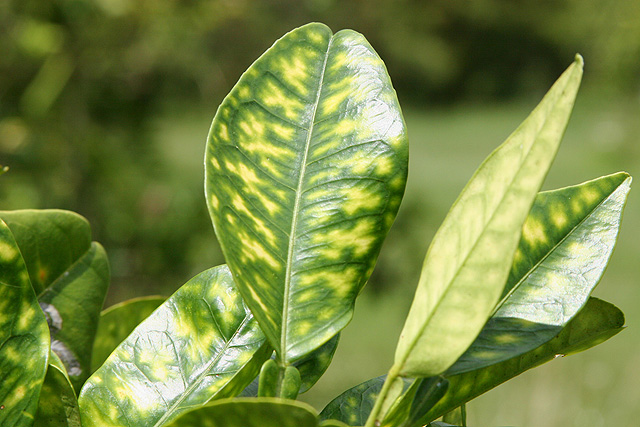
The US Department of Agriculture (USDA) has awarded $20.1 million in grants to university researchers for research and extension projects to help citrus producers fight Huanglongbing (HLB), commonly known as citrus greening disease.
According to a USDA press release, HLB was initially detected in Florida in 2005 and has since affected more than 75% of Florida citrus crops and threatens production across the US.
It has also been detected in Georgia, Louisiana, South Carolina, and Texas and several residential trees in California, as well as in Puerto Rico, the US Virgin Islands, and 14 states in Mexico. A total of 15 US states or territories are under full or partial quarantine due to the detected presence of the Asian citrus psyllid, a vector for HLB.
US Secretary of Agriculture Tom Vilsack said on Monday February 8: “The research and extension projects funded today bring us one step closer to providing growers real tools to fight this disease, from early detection to creating long-term solutions for the industry, producers and workers.”

Trees infected with citrus greening, but not treated with heat, have obvious disease symptoms and reduced productivity. (Photo by Marco Pitino via USDA)
Research at the University of Florida and Washington State University will focus on growing the putative pathogenic bacterium in artificial culture, which will greatly facilitate research efforts to manage HLB. Another project at the University of Florida will develop morpholino-based bactericides to reduce pathogen transmission and eliminate infections in existing trees. Research at the University of California will use virulence proteins from the pathogen to detect its presence before symptoms appear and to develop strategies for creating citrus rootstocks that are immune to HLB.
Top image of orange tree leaves with symptoms of Huanglongbing, also known as citrus greening disease, by Tim Gottwald via USDA
